-
3D Case for ESP32-S2 CH32V003 Programmer
09/24/2025 at 10:32 • 0 commentsCase for the ESP32-S2 CH32V003 programmer. WIP, designed in LibreCad and modelled with Freecad.
![]()
![]()
-
Ye olde DIY Digispark
09/06/2025 at 12:38 • 0 commentsFound this old DIY board that I have built probably a decade ago. Time runs fast!
The wiring is done using enameled wire, thoroughly inspired by elm-chan's designs, but without the same aesthetics, though.
![]()
![]()
-
ESP32-S2 CH32V003 Programmer (esp32s2-funprog)
08/15/2025 at 11:28 • 0 commentsThis programmer was built using an ESP32S2 board that I have laying around for some time. The project is part of ch32fun by Charles clnohr.
I decided to build it because my WCH-LinkE didn't worked out of the box with the minichlink on a Windows 11 machine.
Link to the project: https://github.com/cnlohr/esp32s2-cookbook/tree/master/ch32v003programmer
![]()
![]()
![]()
![]()
My Projects
My Pages
Things I've Built
Chez Le Chien
Apartment Houses for my Dachshunds
Sensor Shield
Arduino Shield for interaction with MIT's Scratch. Provides the same functionality of PicoBoard
Nunchucks for Atari
Adapter board for playing Atari games with a Nunchuck controller. Based on a PIC micro.
Nunchuck in MSX
Nunchuck Adapter for MSX computers using bitbanged I2C directly on the Joystick port
Projects I Like & Follow
Share this profile
ShareBits
Become a Hackaday.io Member
Create an account to leave a comment. Already have an account? Log In.
Thanks for liking #Putting 50 year old Motorola amplifier ICs to work !
Thanks for liking my Commodore CHESSmate Reproduction project. You have some great projects! Obviously your CHESSmate is especially interesting to me. Mike
Salve Mestre, dá uma olhada nesse projeto. Bem legal.
Salve Flames! Esse projeto é bem da hora mesmo!
Grande abraço!!!
Thanks for liking #Restoring a Beckman neon display clock !
Just based on the other projects you follow – let alone your own excellent projects – I'm honored that you would follow my humble keyboard hack! Thanks!
I also echo tyler's comment below about your tag-line.
Thanks for your interest in my 2:5 Scale KENBAK-1 Personal Computer Reproduction and Sol-20 Reproduction projects.
Thank you for liking my #CRISS CP/M 8-bit Homebrew DIY Computer (AVR based) project!
Thanks, cool cat @danjovic for liking #6 segments suffice and #TTL binary clock !
Thank you for your interest in my 2:3 Scale VT100 Terminal Reproduction project.
Hello again and thank you for liking my #how I make masks project! :)
Hello and thank you for liking my #practice backpack project!
Good morning once again and thank you for liking my #LLTP - Light Logic Transistorless Processor
Good morning and once again, thanks for the like, this time for #Shortwave Crystal Radio - A blast from my past.
Hi Danjovic, thanks for liking the #Kobold K2 - RISC TTL Computer !


 danjovic
danjovic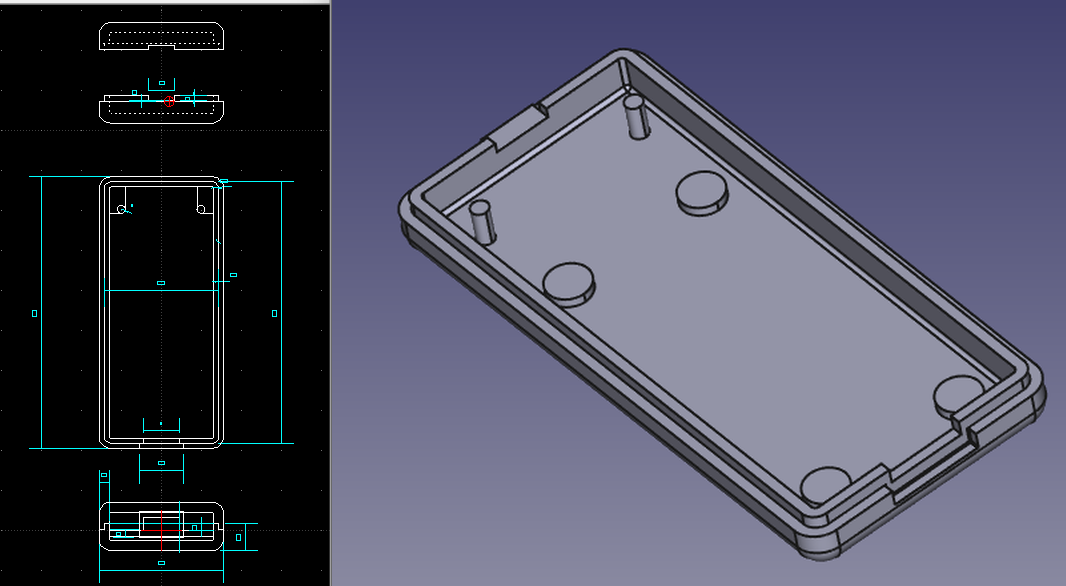

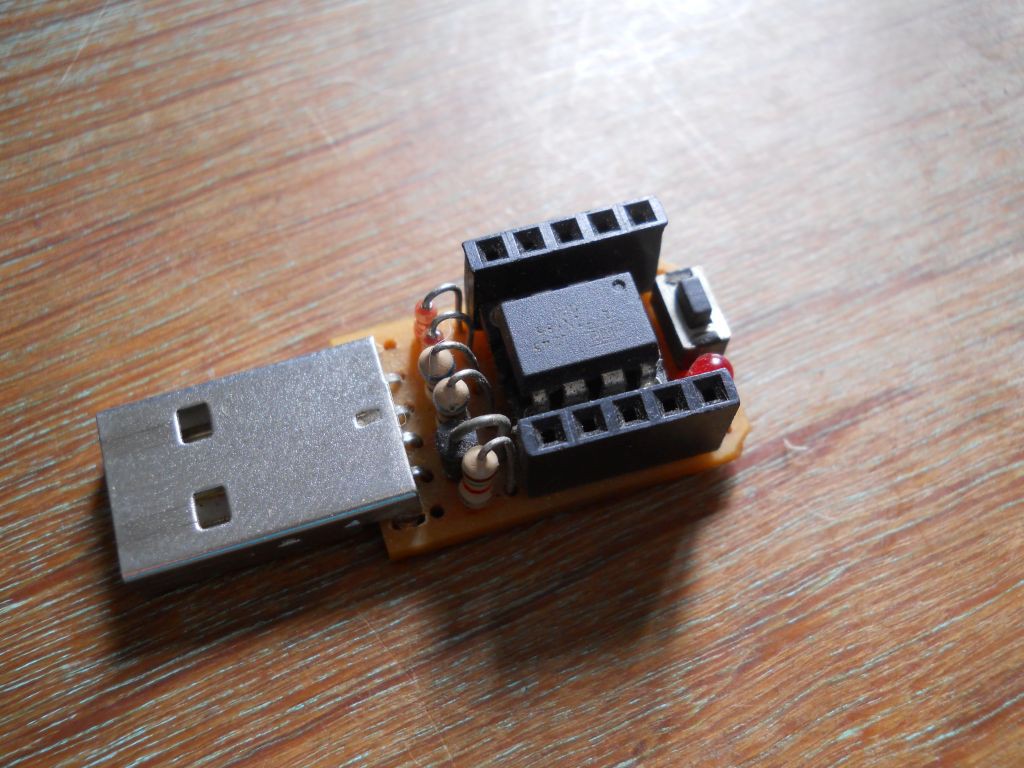
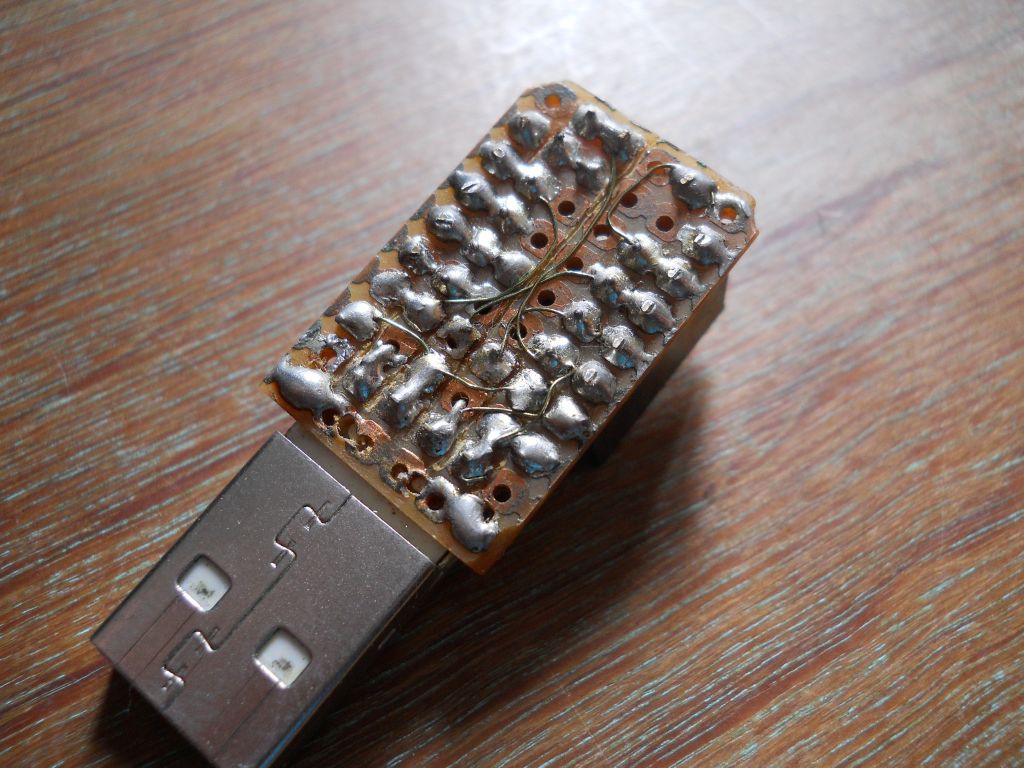
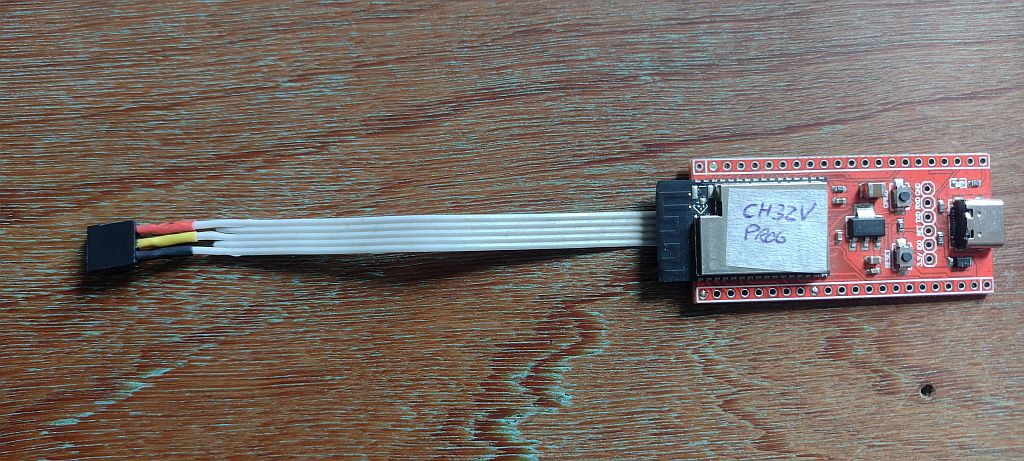

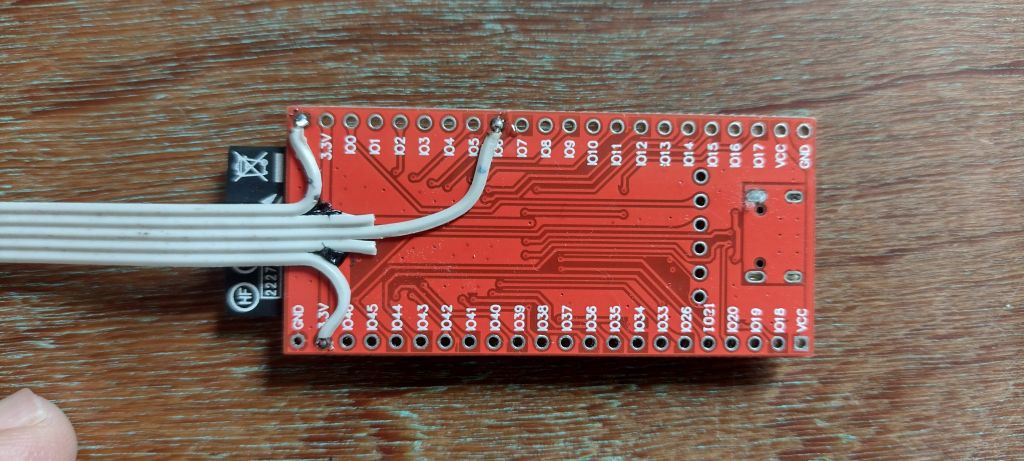
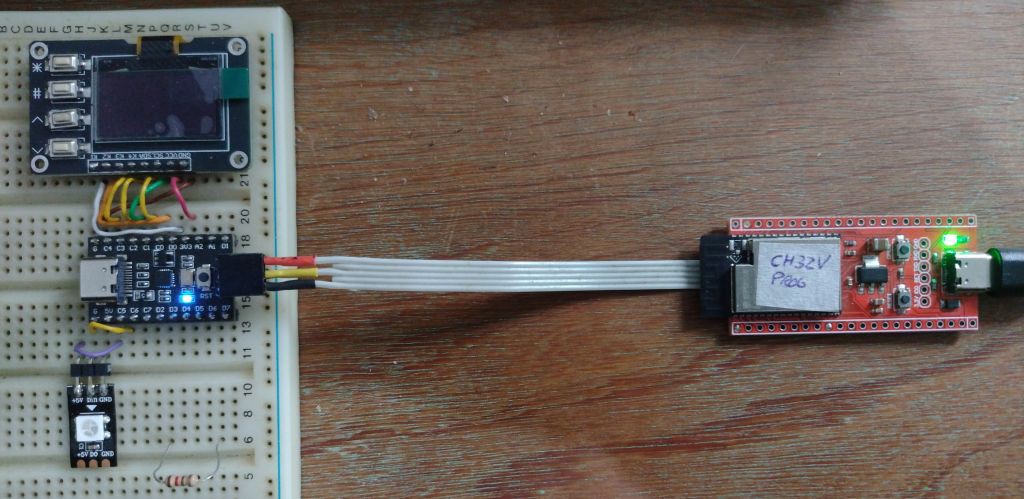
 SHU YANG
SHU YANG Bertrand Selva
Bertrand Selva Tim
Tim mircemk
mircemk I_void(warranties)
I_void(warranties) Ken Yap
Ken Yap Jim Matthews
Jim Matthews Mike Coats
Mike Coats With Z80 CP/M or FUZIX
With Z80 CP/M or FUZIX fcipaq
fcipaq Phil
Phil Michael Wessel
Michael Wessel Ian Dunn
Ian Dunn Michael Murillo
Michael Murillo










Thanks for liking #A Germanium 1 Hz round tuit All the best for your #Valvano Clock too.